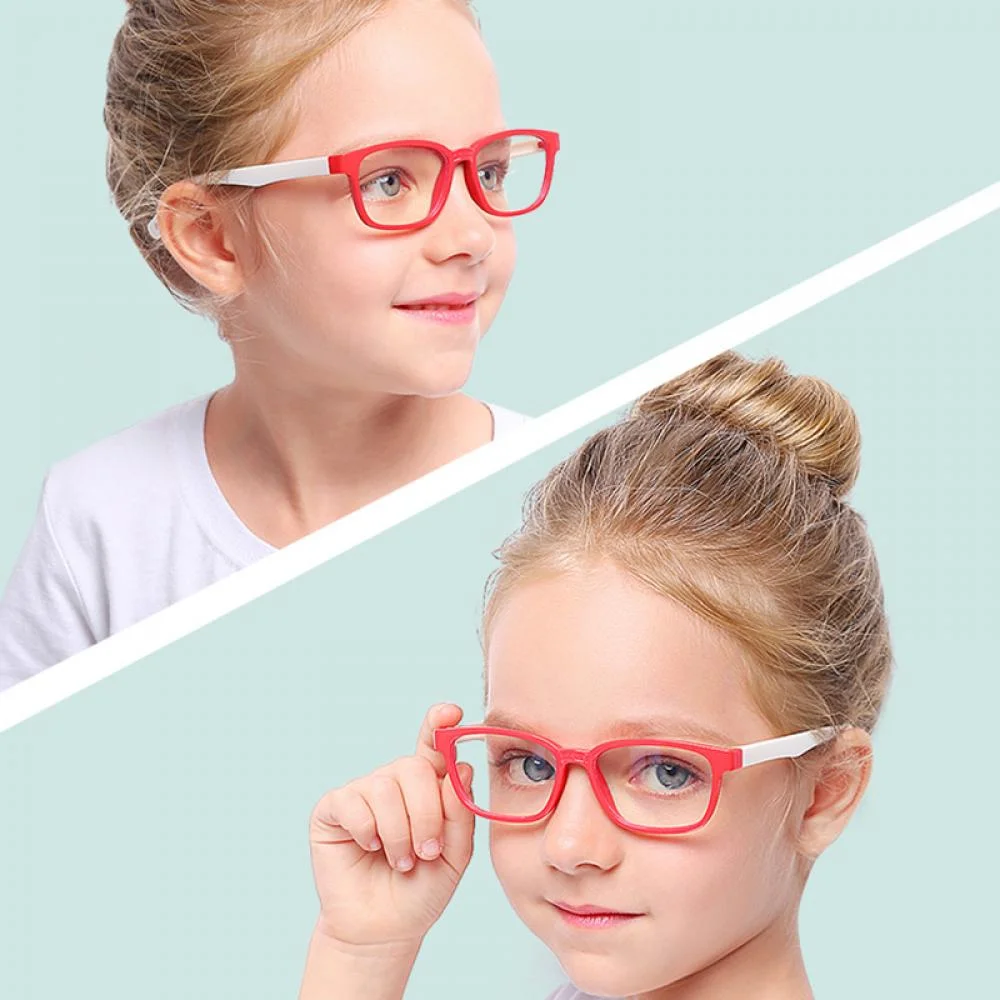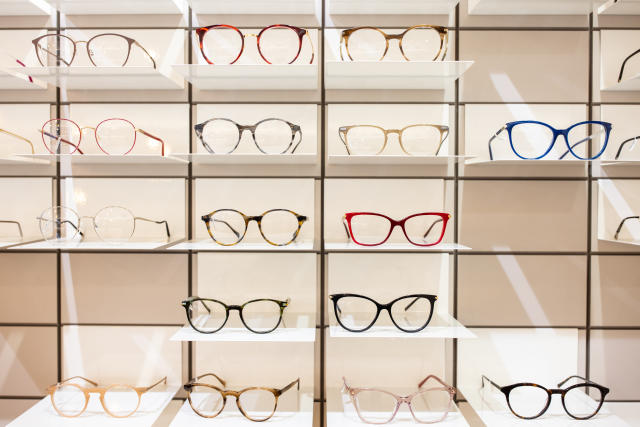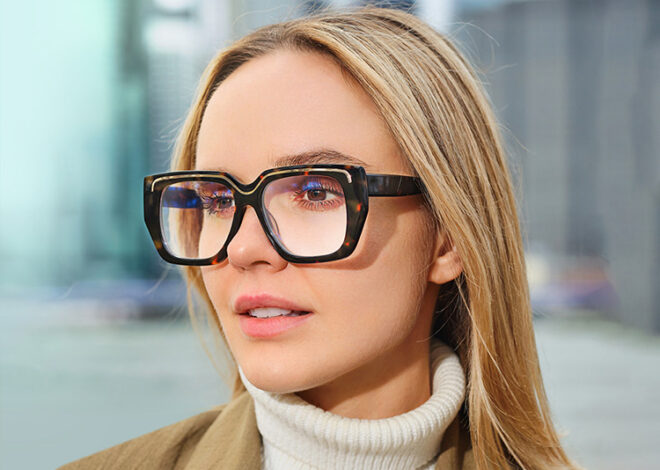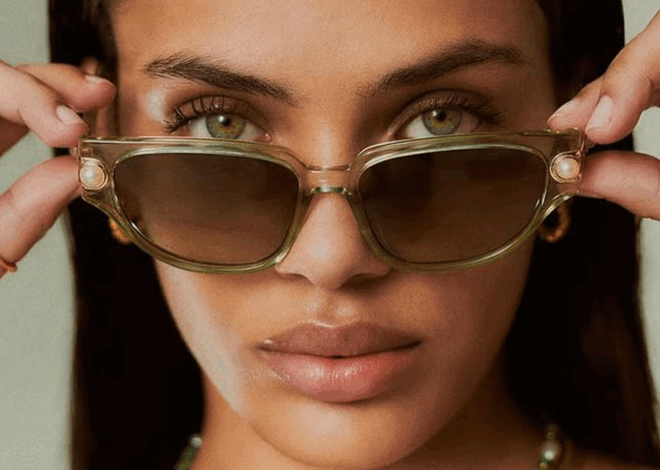
Best Eyeglasses for Kids
Finding the right pair of eyeglasses for your child isn’t just about getting the cutest frames — it’s about comfort, safety, durability, and of course, perfect vision. As an optical specialist with years of experience helping parents and little ones navigate the world of eyewear, I know how overwhelming it can be. From lens coatings to frame shapes and everything in between, there are many factors to consider.
In this guide, we’ll walk you through everything you need to know about the best eyeglasses for kids, covering frames, lenses, coatings, and even style — so you can feel confident you’re making the best choice for your child’s eyes.
Which Type of Glasses Are Best for Kids?
Let’s start with the basics: function comes before fashion. While colorful, fun styles are great for encouraging kids to wear their glasses consistently, the most important aspects to consider are fit, safety, and lens type.
Children’s glasses should:
- Fit snugly without slipping
- Be made of safe, durable materials
- Accommodate growing facial structures
- Be lightweight to avoid discomfort
- Offer UV protection
Generally, plastic frames are preferred for younger children, especially those under age 7. They’re lightweight, hypoallergenic, and less likely to break during rough-and-tumble play. Plus, they’re available in vibrant colors and fun shapes — which makes wearing them much more exciting!
What Are the Best Lenses for Children’s Glasses?
When it comes to lenses for kids, clarity is just the beginning. You’ll want lenses that can withstand daily use (and abuse), support healthy vision development, and protect their eyes from harmful light.
Here are some of the best lens options for children:
1. Polycarbonate Lenses
Hands down, polycarbonate lenses are the most popular choice for kids. They’re impact-resistant, lightweight, and come with built-in UV protection. This makes them ideal for active kids, especially those involved in sports or outdoor activities.
2. Trivex Lenses
Similar to polycarbonate, Trivex lenses offer excellent impact resistance and optical clarity, but they’re slightly lighter and provide better visual acuity. They’re perfect for children with high prescriptions or more sensitive eyes.
3. Photochromic Lenses (Light-Responsive)
These lenses darken automatically in sunlight and become clear indoors — an excellent two-in-one solution for kids who spend a lot of time outside. They also help protect developing eyes from UV damage.
4. Blue Light Blocking Lenses
With screen time becoming more common among kids, blue light filters can help reduce digital eye strain, headaches, and potential long-term damage from prolonged exposure to screens.
Pro Tip: Always opt for scratch-resistant coatings — kids are notorious for dropping, smudging, or forgetting to use their cases!
Which Is Better, Polarized or Anti-Reflective?
This is one of the most common questions we get — and the answer depends on where and how your child wears their glasses.
Polarized Lenses
Polarized lenses are typically used in sunglasses. They reduce glare from horizontal surfaces like water, roads, or car hoods. If your child spends a lot of time outdoors, plays sports, or is especially sensitive to bright light, polarized sunglasses are a great idea.
Anti-Reflective (AR) Coating
AR coatings are essential for everyday prescription lenses. They reduce reflections and glare from artificial light sources (like classroom lights or computer screens) and improve visual clarity. Kids who wear their glasses all day — especially indoors — will benefit from this coating.
In short:
- For regular eyeglasses, go with anti-reflective coatings.
- For sunglasses, choose polarized lenses.

What Kind of Frame Is Recommended for Children?
Frames are more than just fashion accessories — they directly impact how comfortable and safe the glasses are. Here’s what to keep in mind:
1. Material Matters
- Plastic (Acetate or Nylon): Best for toddlers and young children. They’re flexible, lightweight, and available in fun designs.
- Metal (Titanium or Stainless Steel): More durable and refined, great for older kids or those who want a “grown-up” look.
Avoid cheap metal alloys that can cause skin irritation or break easily.
2. Spring Hinges Are a Must
Kids are… well, kids. They bend, stretch, twist — and sometimes chew — their glasses. Spring hinges add flexibility and reduce the chance of breakage. They also help the glasses fit better for longer.
3. Wraparound or Adjustable Frames
Especially for active children, wraparound styles stay in place better and offer additional protection. For growing kids, adjustable nose pads and temple tips are helpful to get that just-right fit.
What Is the Best Frame for Kids Glasses?
If I had to name an all-around winner for the best frame style for kids, it would be:
Flexible, lightweight plastic frames with spring hinges and adjustable features.
Some specific features to look for:
- Soft rubberized temples and bridges (non-slip)
- Rounded edges (safer and more comfortable)
- Cable temples (wrap around the ears for babies and toddlers)
- Bright, fun colors or favorite characters to encourage wear
Recommended Frame Brands for Kids (2025 Favorites):
- Miraflex – Soft, flexible, no-metal frames for toddlers and infants.
- Nano Vista – Super-durable and made for active kids.
- Ray-Ban Junior – Stylish and high-quality frames for fashion-forward tweens.
- Flexon Kids – Memory metal that bends but doesn’t break.
Whatever style you choose, make sure to involve your child in the process — when kids love how they look, they’re more likely to wear their glasses every day.
Final Thoughts from Your Optical Specialist
Buying glasses for your child isn’t just a quick purchase — it’s an investment in their vision, confidence, and safety. The best glasses for kids are those that fit well, correct their vision perfectly, protect their eyes, and make them feel good about wearing them.



